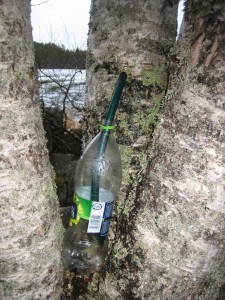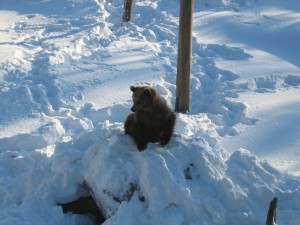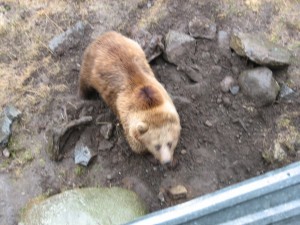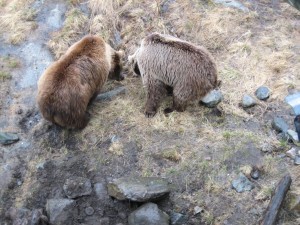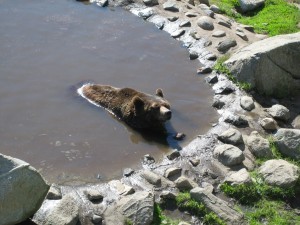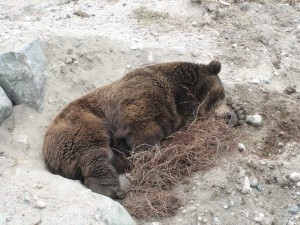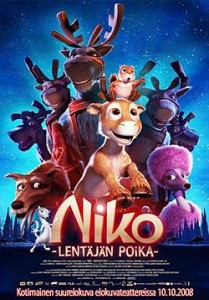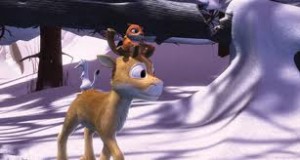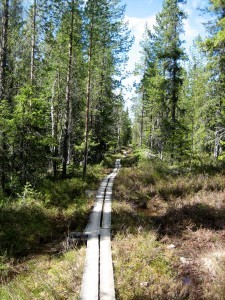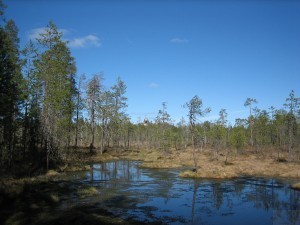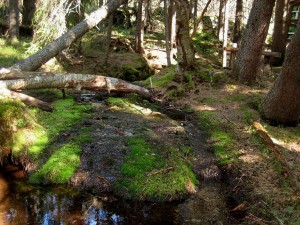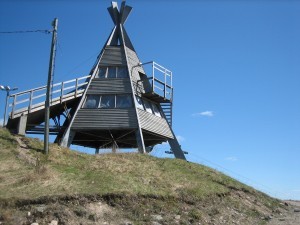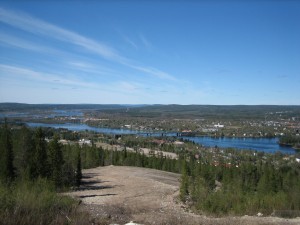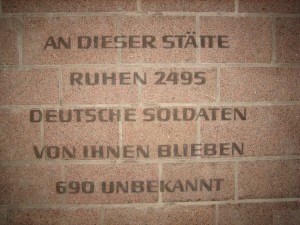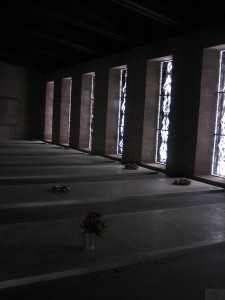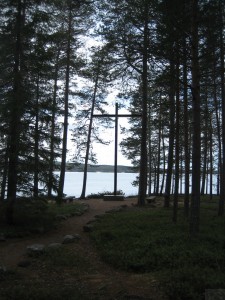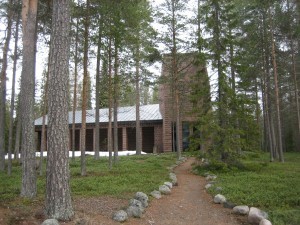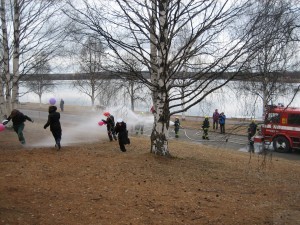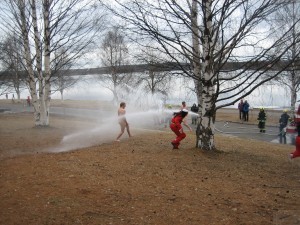Santa’s reindeer are all out in the forest during summer, so he does not have to take care of them and he has a lot of spare time when he can do other nice things.
 Santa goes fishing just to sit in a boat out on a lake, on a lake’s shore or on a river’s shore and enjoy the quietness of the surrounding Lapland forest. He thinks it is a perfect time to do some thinking and remembering about pleasant times and happy people he met during Christmas, on these fishing trips. He also walks in the forest and listens to the voices of the wilderness. He also spends time preparing the next Christmas delivery by reading children’s letters. He gets letters from children all year around, not only before Christmas. He also likes to read books on his free time. He is very amused by books that claim to reveal “the secrets” about him. He thinks it could be of importance for him to know what people are talking about out there before they come to visit him in his office.
Santa goes fishing just to sit in a boat out on a lake, on a lake’s shore or on a river’s shore and enjoy the quietness of the surrounding Lapland forest. He thinks it is a perfect time to do some thinking and remembering about pleasant times and happy people he met during Christmas, on these fishing trips. He also walks in the forest and listens to the voices of the wilderness. He also spends time preparing the next Christmas delivery by reading children’s letters. He gets letters from children all year around, not only before Christmas. He also likes to read books on his free time. He is very amused by books that claim to reveal “the secrets” about him. He thinks it could be of importance for him to know what people are talking about out there before they come to visit him in his office.
Santa also enjoys swimming in the clear water of Lapland lakes in the summer. He also sometimes goes swimming in the winter through a hole in the ice, but the hole has to be chopped quite big then. One of Santa’s favourite things to do is to take short naps now and then. The summer nights in Lapland are so light with the midnight sun, so it is hard for both people and elves to sleep during the nights. That is one reason to take short naps during the daytime.
In summer Santa also opens up his favourite cavern, SantaPark, just outside Rovaniemi city. The park is open during Christmas season, but Santa has decided to open it in the summer, too, so children who do not have time to visit him on Christmas could get a chance to meet him and his crazy elves in summer. This year SantaPark opens it door on June 17th at 10 am and the cavern is open every day except for Sundays and June 22nd during the summer until August 10th. Check the home page for more detailed program and other information.
This summer Santa has renewed the One Hundred Years Curriculum Elf School in SantaPark. It is a top secret until you attend the Elf school yourself and find out what it is. I can’t wait to learn the new things in Elf school! It would be nice to meet the tallest and the shortest Professor Elf of SantaPark once again!
On the opening day, June 17th, you can watch the Niko – the reindeer-movie “Little Brother, big trouble” on the main stage at 2 pm. The Ice Gallery of Santa Park has also been renewed this summer. You might spot some familiar figures from the movie there.
Here is a link to a short movie telling what Santa Claus does in the summer time, on times he does not sit in his cavern meeting interesting guests from all over the world. http://www.santatelevision.com/santa-claus/santa-claus-summer/
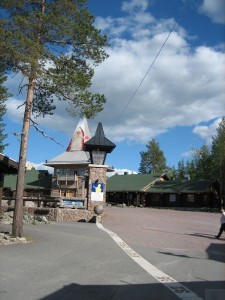 The Santa Claus village is open every day also during summer, and you can cross the Arctic Circle just outside Santa Claus’ office. In summer you can see the white line marking the Arctic Circle, which is covered by snow in winter time.
The Santa Claus village is open every day also during summer, and you can cross the Arctic Circle just outside Santa Claus’ office. In summer you can see the white line marking the Arctic Circle, which is covered by snow in winter time.

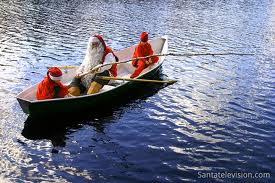
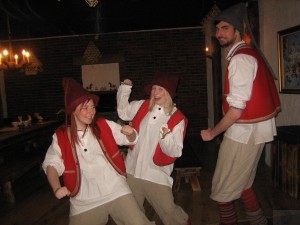
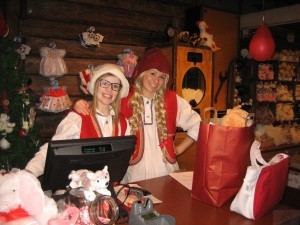
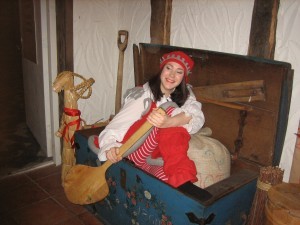

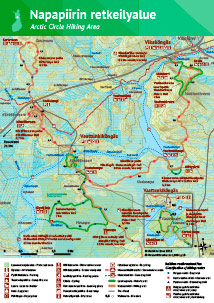 ”
”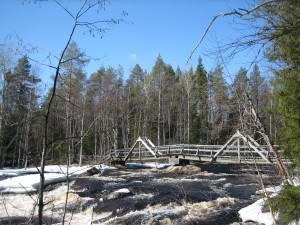
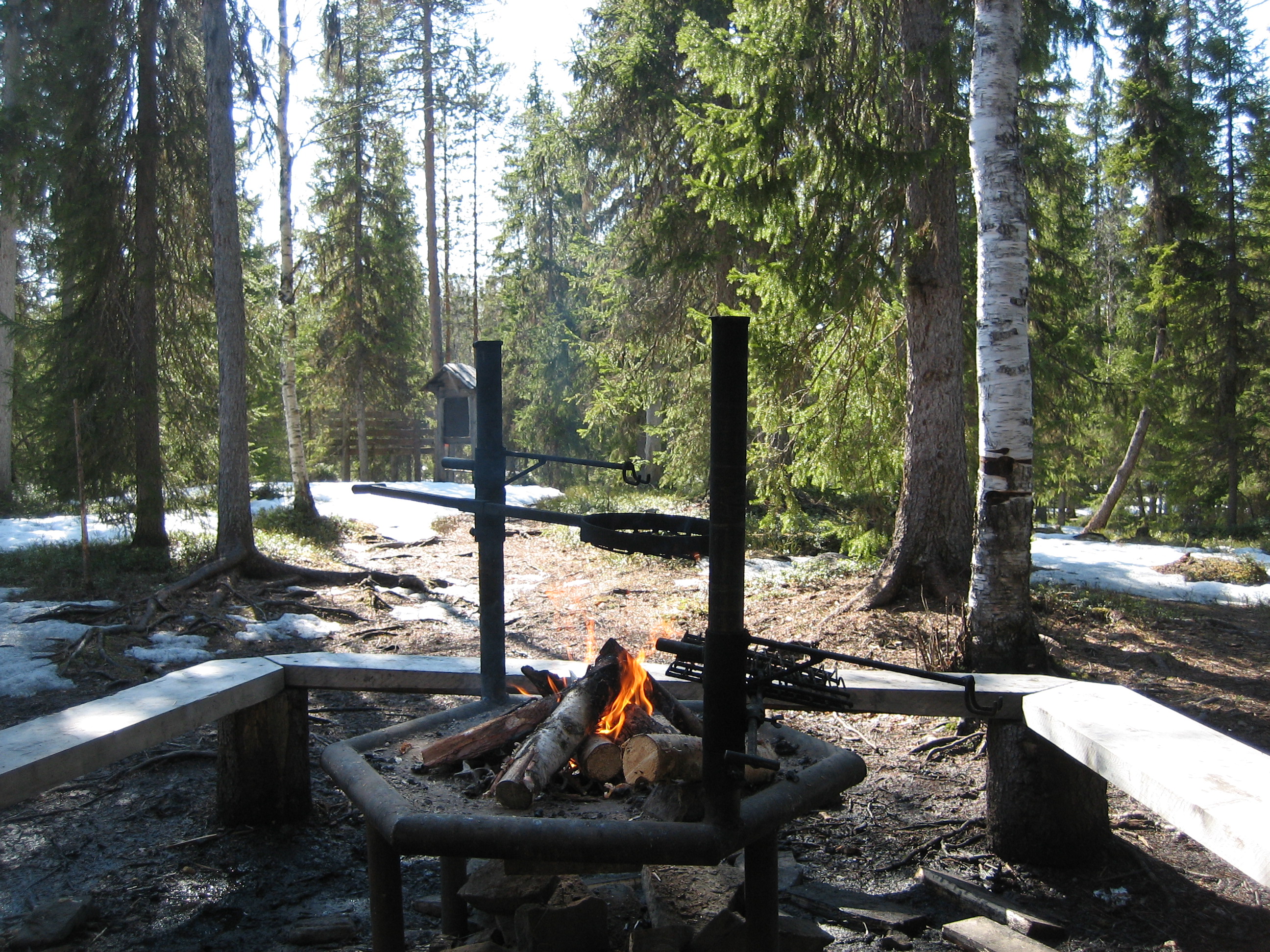

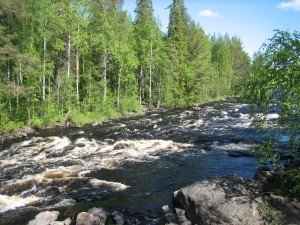

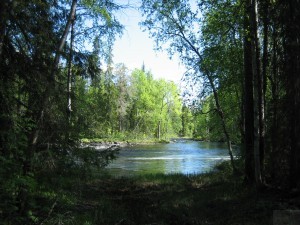
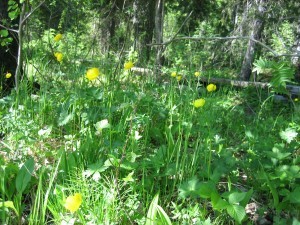
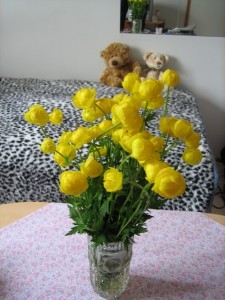
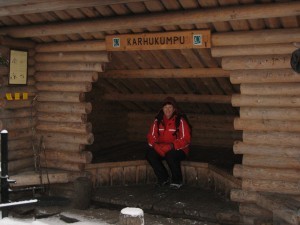
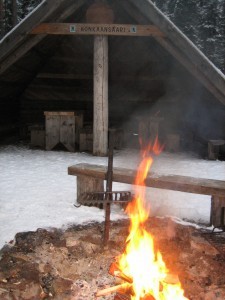
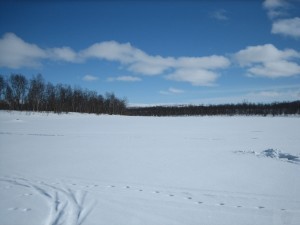
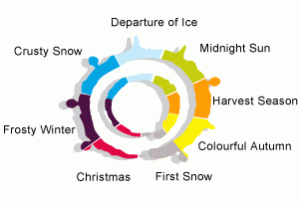 Winter (December to April)
Winter (December to April)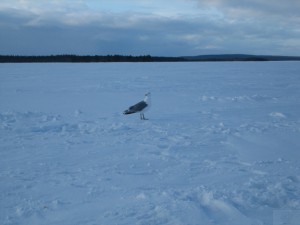
 The same thing concerns the Swans (Cygnus cygnus). They migrate from Europe to Lapland in a time when there is only smaller parts of lakes or rivers open and free from ice. Then they spend time in the open water areas for weeks waiting for the ice to melt more and more around them.
The same thing concerns the Swans (Cygnus cygnus). They migrate from Europe to Lapland in a time when there is only smaller parts of lakes or rivers open and free from ice. Then they spend time in the open water areas for weeks waiting for the ice to melt more and more around them.